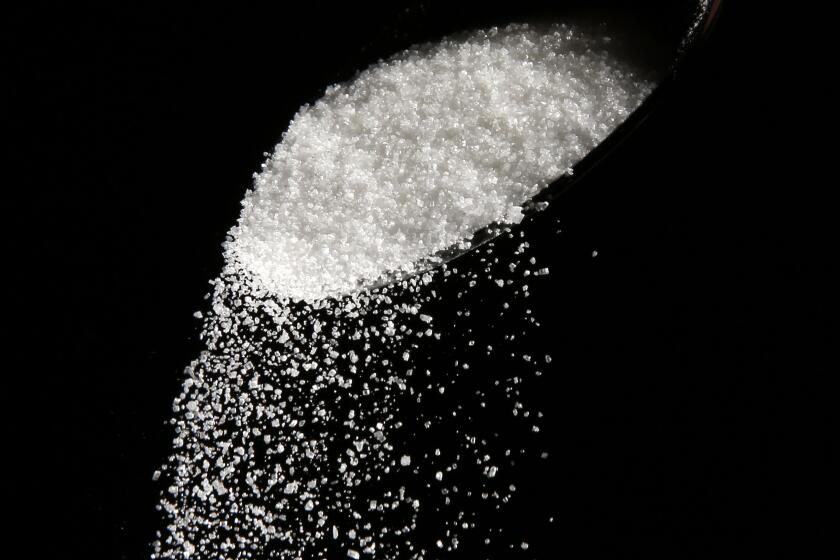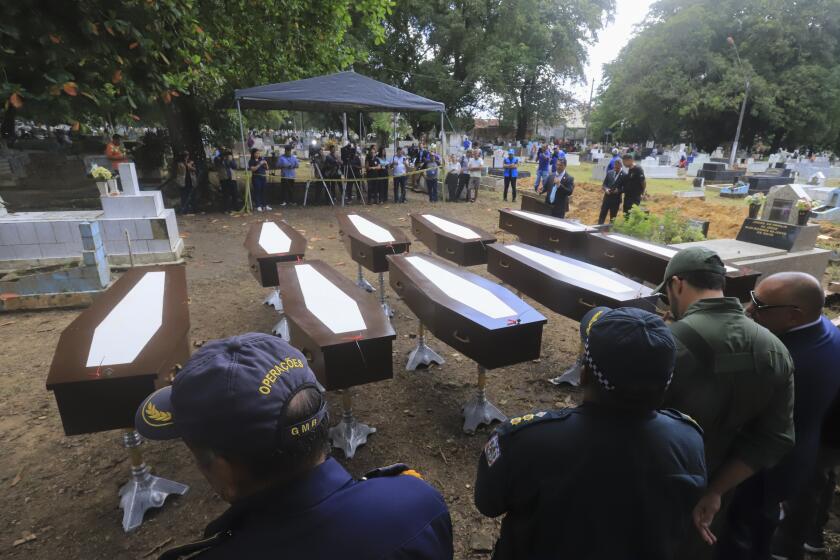War photographer says he came of age in 1980s Central America
Famed Spanish photographer Gervasio Sanchez has covered dozens of armed conflicts on several continents, but says his career was shaped decisively by his experience in the strife-torn Central America of the 1980s.
“Here in Central America I began to understand what it meant to cover combat, here is where I came of age as a person and as a journalist. I made a man of me,” Sanchez told EFE in Tegucigalpa on the eve of the inauguration of his photo exhibition “Vida” (Life).
The display is being inaugurated this Tuesday in the Cultural Center of Spain in Tegucigalpa by the Spanish ambassador to the Honduran capital, Guillermo Kirkpatrick, together with Sanchez, who in the early 1980s began working as an independent journalist.
In the Americas his work took Sanchez to also cover wars in Argentina, Colombia, Chile and Peru, countries where guns also thundered in the final decades of the 20th century.
“Starting in the year 1991 I began working in the Balkans, covering the war in Croatia, the war in Bosnia, the war in Kosovo, after which I worked a lot on some bloody African conflicts, in Somalia, Sudan, Rwanda, Sierra Leone, Liberia, the Congo, Angola...” Sanchez recalled in an interview with EFE.
He has also worked in Afghanistan, the Middle East, East Timor and Cambodia, among other “places of fierce conflict, medium conflict and post-conflict.”
The exhibition, to remain at the Cultural Center until May 5, shows 40 of Sanchez’s 100 unpublished photos, which include only one photo of a person killed in battle, but who is seen next to one who is alive.
Three years ago, exhibit curator Gerardo Mosquera suggested to Sanchez the possibility of recovering pictures he had taken but were never published, together with others that were well known, to put together an exhibition that, despite showing the war and its violence, “life would always be present, more than death.”
That was the guideline for selecting 100 photos, of which 40 are being exhibited in Honduras, more or less in line with the Mosquera’s idea of showing the work of a photojournalist in conflict zones, with images that besides their communicational value, are also artistic.
“If Sanchez is a great reporter of world stature, this exhibit presents him in a different way: it is the artist who stands out,” Mosquera said.
“In the end what we want is that people who see this work realize, at least from my point of view, that life is always more important than death, and that I never focused so much on death when I covered conflicts, but rather on the life of the survivors, on the people who try to maintain their dignity amid the ruins,” Sanchez said.
Sanchez’s work, which has received such honors as the 2008 Ortega y Gasset Prize for photography and the 2009 King of Spain International Journalism Award, includes entire books with some very unforgiving images of conflicts in which he saw many people die.
Sanchez remembers being in the siege of Sarajevo and witnessing the exchange of shots between child soldiers in Sierra Leone and Liberia. Nor will he forget the war in El Salvador, where several of his friends and colleagues were hit by bullets and killed.
In Central America, the exhibition “Vida” had its first showing last August in Guatemala.
After Honduras, Sanchez plans to take it to El Salvador, and from there to Nicaragua and Mexico.
Sanchez, born in Cordoba in 1959, studied journalism in the Faculty of Information Sciences at the Autonomous University of Barcelona.


